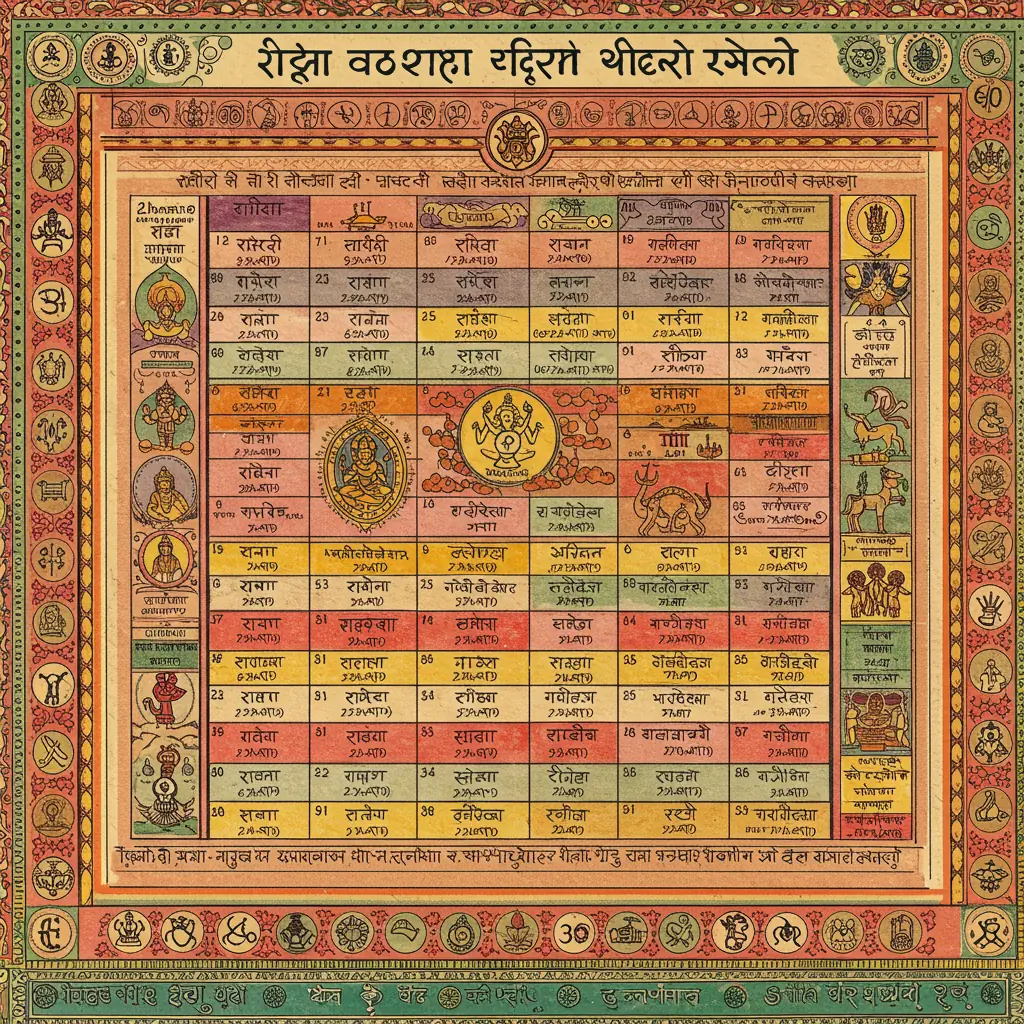Upcoming Eclipses
Upcoming Lunar/Chandra Eclipse/Grahan (Global)
Upcoming Solar/Surya Eclipse/Grahan (Global)
Upcoming Eclipses at Jaipur
Lunar Eclipse (Chandra Grahan)
Solar Eclipse (Surya Grahan)

What are Eclipses/Grahan
Eclipses/Grahan are celestial events that occur when one astronomical object passes into the shadow of another or when one object passes between another object and the viewer, temporarily obscuring it. The alignment of the Sun/Surya, Earth/Prithvi, and Moon/Chandra causes the two main types of eclipses we observe from Earth: Solar/Surya and Lunar/Chandra eclipses/grahan.
Solar Eclipse (Surya Grahan)
A Solar Eclipse or Surya Grahan happens when the Moon passes between the Sun and Earth, casting a shadow on Earth. This can partially or entirely block the Sun's light from reaching a certain area. There are different types of solar eclipses depending on the alignment and the apparent size of the Moon as seen from Earth:
- Total Solar Eclipse(Poorna Surya Grahan): The Moon completely blocks the Sun's disk. This is a rare and dramatic event that causes temporary darkness.
- Partial Solar Eclipse(Ardha Surya Grahan): The Moon only partially obscures the Sun.
- Annular Solar Eclipse(Anshik Surya Grahan): The Moon appears smaller than the Sun and blocks the center, leaving a bright ring (or annulus) of sunlight visible around the Moon.
- Hybrid Solar Eclipse: This rare type can appear as a total eclipse in some parts of its path and an annular eclipse in others.
It is extremely important to use proper eye protection when viewing any type of solar eclipse, except during the brief total phase of a total solar eclipse.** Direct viewing of the Sun can cause permanent eye damage.
Lunar Eclipse (Chandra Grahan)
A Lunar Eclipse or Chandra Grahan occurs when the Earth passes between the Sun and the Moon, casting its shadow on the Moon. This causes the Moon to dim and sometimes take on a reddish hue (often called a "blood moon"). Lunar eclipses can be:
- Total Lunar Eclipse(Poorna Chandra Grahan): The entire Moon passes into the Earth's umbra, the darkest part of its shadow.
- Partial Lunar Eclipse(Ardha Chandra Grahan): Only a portion of the Moon passes through the Earth's umbra.
- Penumbral Lunar Eclipse(Anshik Chandra Grahan): The Moon passes through the Earth's penumbra, the faint outer part of its shadow. These are often difficult to notice as they only cause a slight dimming of the Moon's brightness.
Lunar eclipses are safe to view with the naked eye. They are also visible from anywhere on the night side of the Earth at the time of the eclipse.
Eclipses/Grahan do not happen every month because the Moon's orbit around the Earth is tilted relative to the Earth's orbit around the Sun. For an eclipse to occur, the Sun, Earth, and Moon must be closely aligned at specific points in their orbits.
